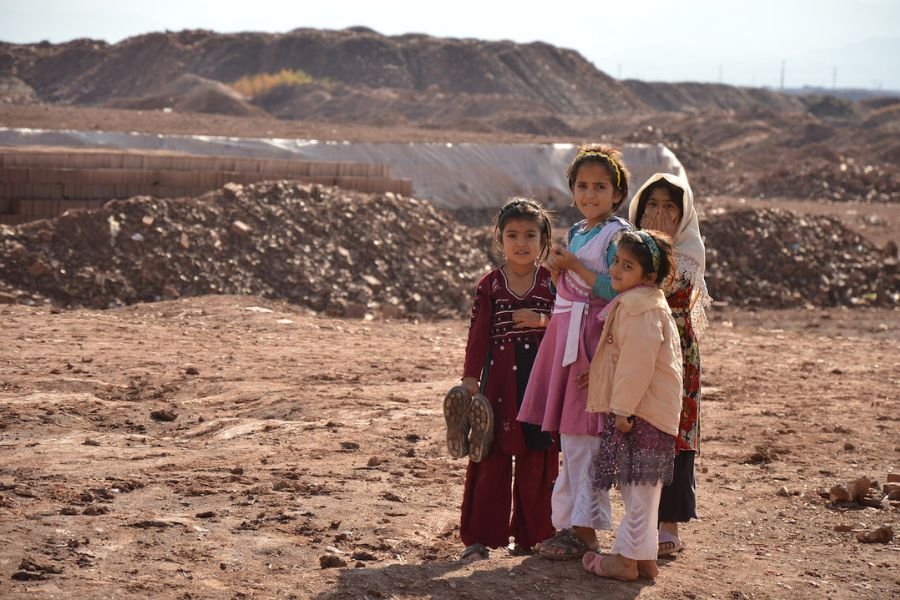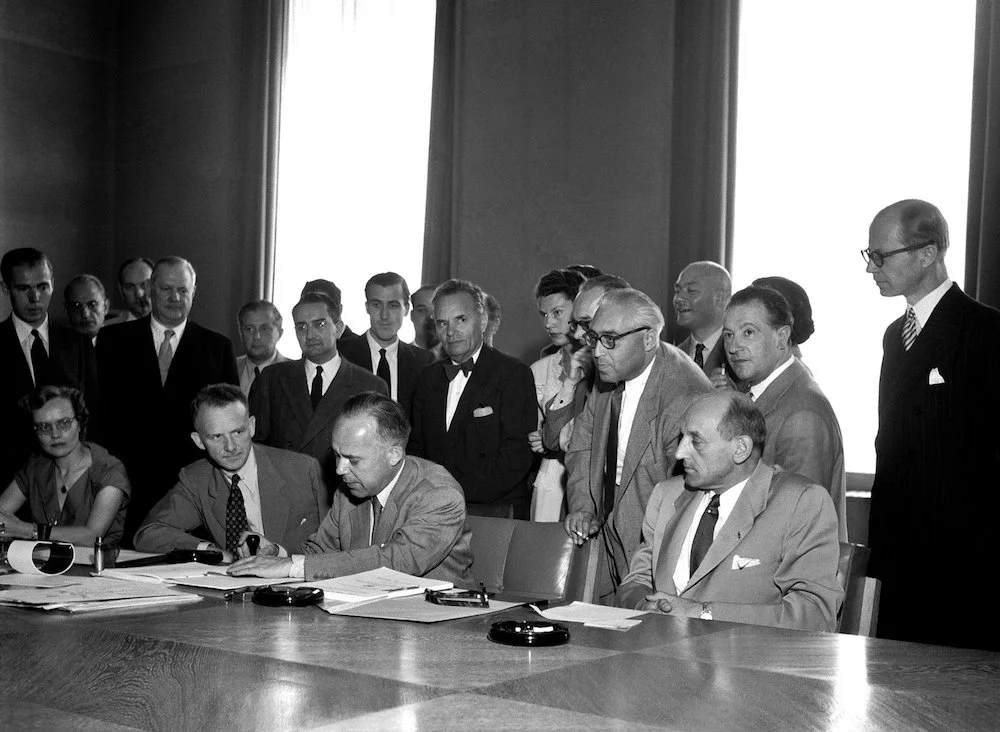Migration and Refugees
According to the United Nations, one person is forcibly displaced every two seconds. With more than 68 million displaced people throughout the globe (25.4 million of which are refugees), ensuring protections for migrants and refugees is a top priority for many members of the international community.
Exploring the topic of migration and refugees in the classroom provides context for current events, promotes empathy and understanding, and helps to create global citizens with a strong foundation in this key social and political issue.
Teaching Materials
Primary Source Documents
Additional Resources
Global Compact for Migration
The Global Compact for Migration is the world’s first intergovernmentally negotiated agreement to cover all aspects of migration. It provides a framework for international cooperation and demonstrates the international community’s willingness to ensure that migrants’ human rights are respected.
International Organization for Migration
The International Organization for Migration (IOM) is an international agency working with governments and civil society to promote an understanding of migrant issues and uphold the well-being of migrants and their families.
Migration, Environment and Climate Change
As the world sees the worsening effects of climate change, the number of environmental migrants will continue to grow. Learn more about the connections between climate change and migration from the International Organization for Migration.
Re-Imagining Migration
Re-Imagining Migration aims to transform the educational ecosystem to ensure that
immigrant-origin youth, their peers, and the communities in which they inhabit flourish in a global society increasingly shaped by migration and demographic diversification.
UNHCR, the UN Refugee Agency
The United Nations High Commissioner for Refugees (UNHCR) was established in 1950 in the aftermath of World War II. Since then, UNHCR has assisted more than 65 million refugees. It currently operates in more than 130 countries.
Universal Declaration of Human Rights, Article 14: Right to Asylum
In the aftermath of the Holocaust, the authors of the Universal Declaration of Human Rights (UDHR) wanted to ensure that all individuals would have protection if they needed to flee from their home country. Article 14 of the UDHR guarantees the right to asylum for all individuals.
What is the difference between a migrant and a refugee?
Do you know what the difference is between a migrant and a refugee? This short video by the UNHCR explains why refugees might flee their home countries and what protections they are entitled to.










Subject(s): civics, current events
Human Rights Are for Everyone: A Guide to Teaching for Positive Change provides an opportunity for creating a vibrant and timely training program about the Universal Declaration of Human Rights for youth and adults. It provide the tools for teaching an overview of human rights ideals and an in-depth look at the UDHR. Most importantly, this guide encourages critical thinking, collaboration, and activism.